Cara mendaur ulang masker menggunakan Filastruder
masker wajah, garis pertahanan pertama melawan penyebaran COVID-19, perangkat sederhana yang dirancang untuk melindungi dari penghirupan dan penularan agen infeksius, telah memengaruhi kehidupan miliaran orang di seluruh dunia.
Sejak pandemi global dimulai,penggunaan masker wajah telah menjadi kebutuhan dan dalam banyak kasus merupakan kewajiban, tetapi untuk semua kebaikan yang telah mereka lakukan, penghapusannya merupakan tantangan ekologis yang monumental yang sebagian besar telah diabaikan demi kepentingan yang lebih mendesak. kekhawatiran . Diperkirakan sekitar 129 miliar respirator telah digunakan setiap bulan di seluruh dunia, sebagian besar dirancang untuk sekali pakai. Mengurangi dampak alat pelindung diri (APD) ini terhadap lingkungan kita merupakan tantangan berskala besar, karena masker membutuhkan waktu lebih dari 400 tahun untuk terurai.
Menurut Konferensi Perserikatan Bangsa-Bangsa tentang Perdagangan dan Pembangunan, sekitar 75 % masker dan limbah terkait pandemi lainnya akan berakhir di tempat pembuangan akhir atau terapung di lautan kita. Karena mereka tidak dapat dibakar atau didaur ulang melalui sistem tradisional, apa sebenarnya yang harus kita lakukan dengan mereka?
Sebuah tim peneliti di University of Bristol di Inggris tampaknya telah menemukan solusinya . Ide di balik inisiatif ini adalah mengumpulkan masker bedah dan mengubahnya menjadi bahan cetak 3D, yaitu filamen.
Pada pengujian pertama, tim menghubungiprodusen APD yang memasok 1 kg masker cacat (tongkat hidung longgar atau hilang) terbuat dari jenis polypropylene IIR gratis. Masker tersebut adalah produk bedah bersertifikat yang mematuhi EN14683:standar Tipe IIR 2019.
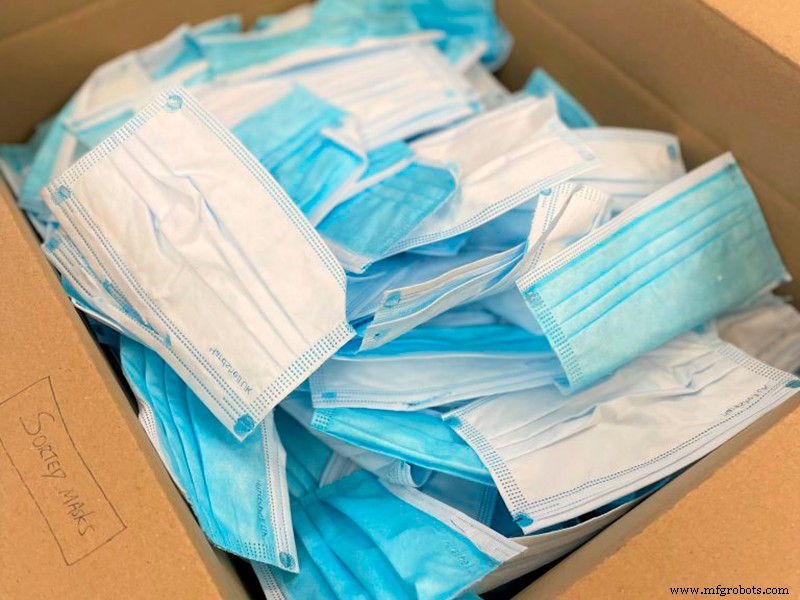
Gambar 1:Masker disediakan untuk proyek. Sumber:Universitas Bristol.
Langkah pertama dalam proses ini, selain melepas strip elastis dari telinga dan foil logam apa pun yang mungkin ada di hidung, adalah memanaskan setumpuk masker di antara dua lembar kertas antilengket dengan setrika.
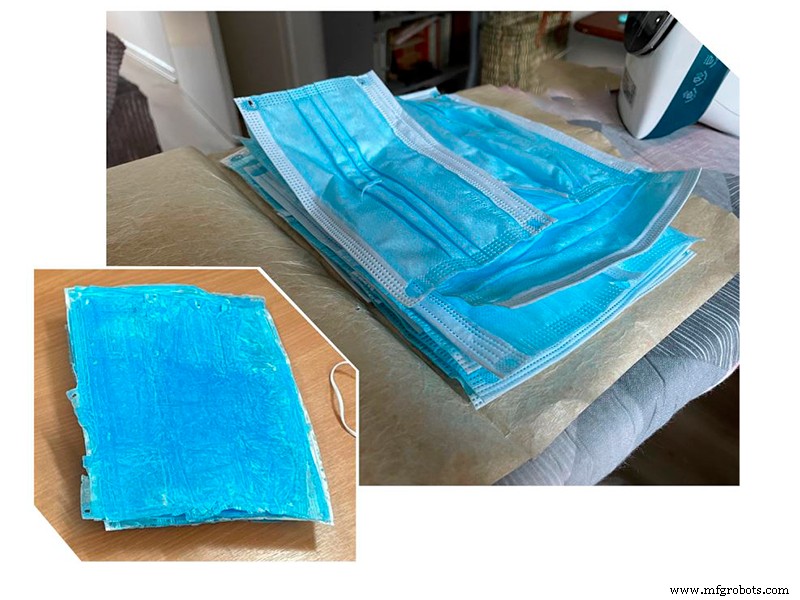
Gambar 2:Masker berubah menjadi lembaran. Sumber:Universitas Bristol.
Hal ini menyebabkan mereka melebur menjadi lembar padat yang jauh lebih mudah untuk dikerjakan dan mencegah penyumbatan pada mesin gerinda. Lembaran yang dihasilkan dilewatkan melalui blender untuk menghasilkan pelet halus polypropylene biru yang cocok untuk proses ekstrusi.
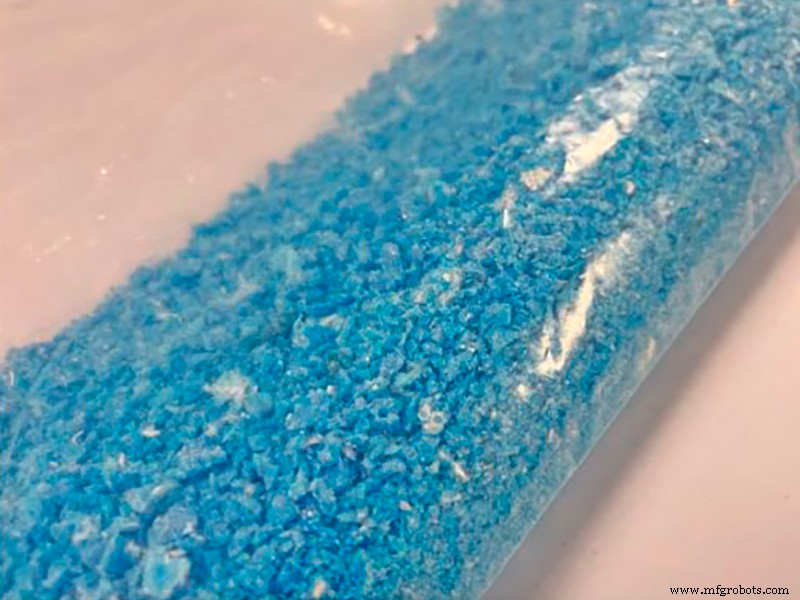
Gambar 3:Pelet yang dihasilkan. Sumber:Universitas Bristol.
Before moving on to the next step, it is necessary to clarify that the masks are subjected to high temperatures which the researchers consider sufficient to kill possible COVID-19 bacteria and disinfect the material. However, the ones they used in the project had not been used previously.
In the third step, the pellets end up in the machin e (a wire drawing machine) that turns them into filaments . To convert the mask material into the filament needed for a 3D printer, the researchers used Filastruder, an open source product that is constantly evolving thanks to the community of users who share their designs and configurations.
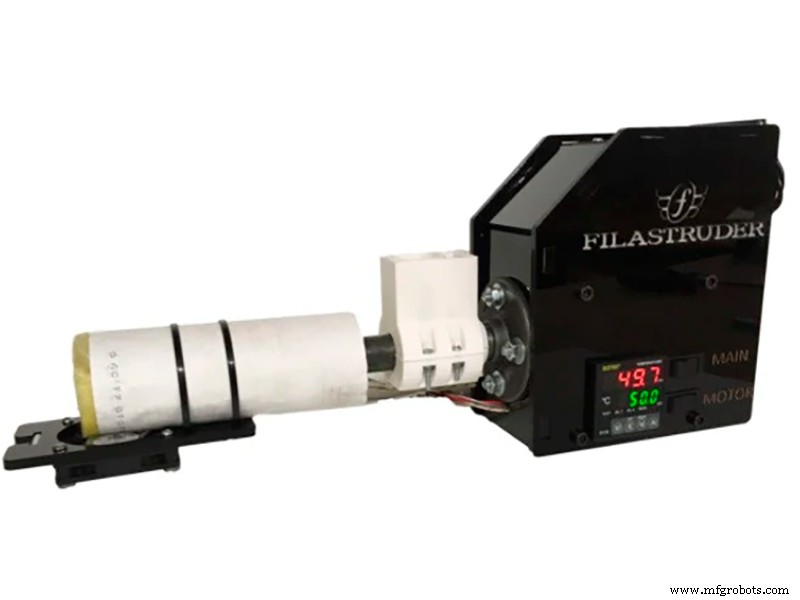
Image 4:Filastruder. Fuente:Filastruder.
The Filastruder is capable of producing filament on demand in the right colour and size for any 3D project. Its operation is simple, just set the desired extrusion temperature, wait until it is reached in the extruder, add the pellets and dyes in the chosen hopper (it can even be a plastic bottle) and turn on the gear motor to start the extrusion . To carry out the winding of the filament and facilitate its subsequent processing with a 3D printer, the ideal option is to use the Filawinder; designed especially for Filastruder users, which automatically winds the filament coming out of the drawing machine.
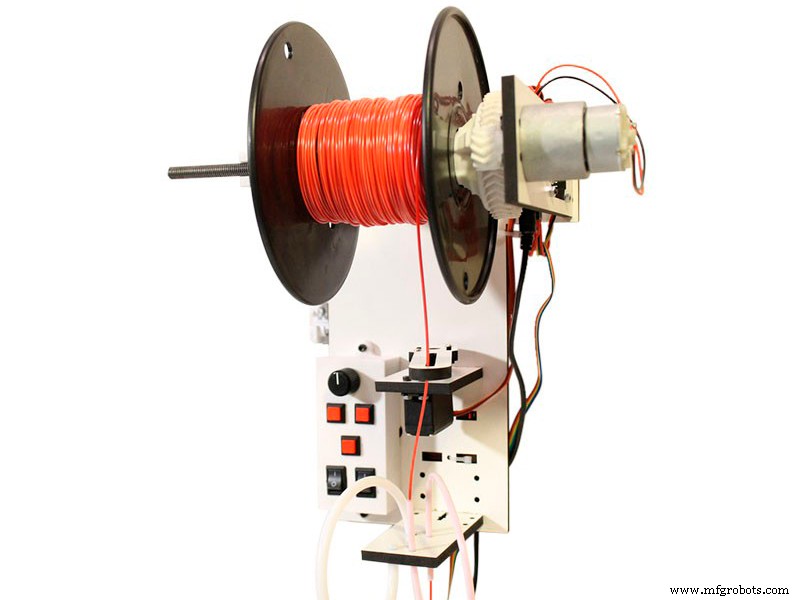
Image 5:Filawinder. Source:Filastruder.
It is advisable to place the Filastruder at a height of 1.5 m and let the filament hang down from there, so that it cools down before it touches the ground. The Filastruder should not be placed in a place where there are drafts, as these would cause the filament to oscillate and deform.
In this case, the team chose to mount the machine vertically and print a hopper to work in this position. The nozzle reached 170 °C and the pellets that passed through it were converted into filament. The team noted that in the first test the filament had only had an average diameter of 1.5 mm, but the results indicated that with further refinement it was be possible to achieve the standard 1.75 mm diameter, within a reasonable tolerance , so the nozzle was modified (drilled from 1.75 mm to 1.9 mm) and a more powerful feed mechanism was developed to get closer to the target diameter. Still, by activating the extrusion multiplier in the slicing software, the team was able to successfully print objects using the thin polypropylene filament.
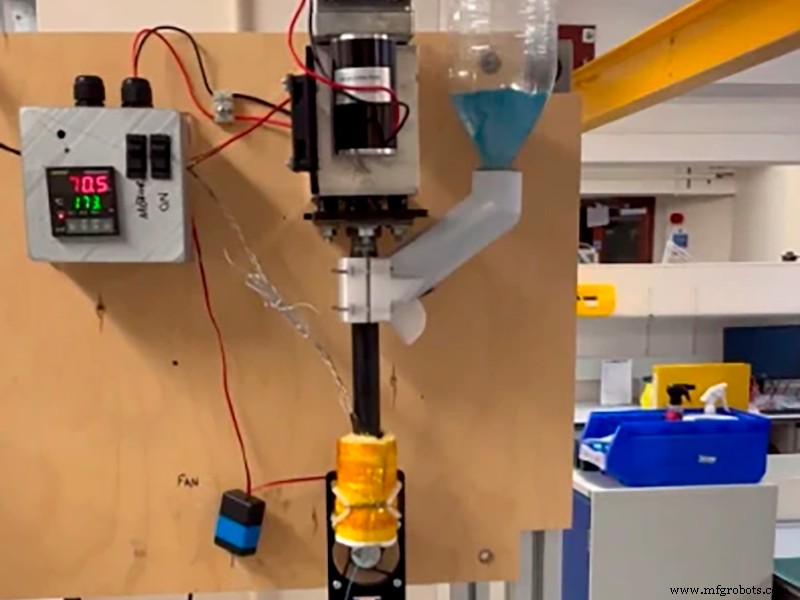
Image 6:Vertical mounting. Source:University of Bristol.
Polypropylene (PP) is notorious for being difficult to 3D print , as it does not adhere well to common printing surfaces. However, it does have good adhesion between layers. The trick employed by these scientists was to use normal transparent tape over the base, as it is often also made of PP. Using this method, it was very easy to 3D print with their limited rudimentary stock of filament on a low-cost 3D printing machine. It follows that the problems currently lie in the production of the filament and not in 3D printing with it.
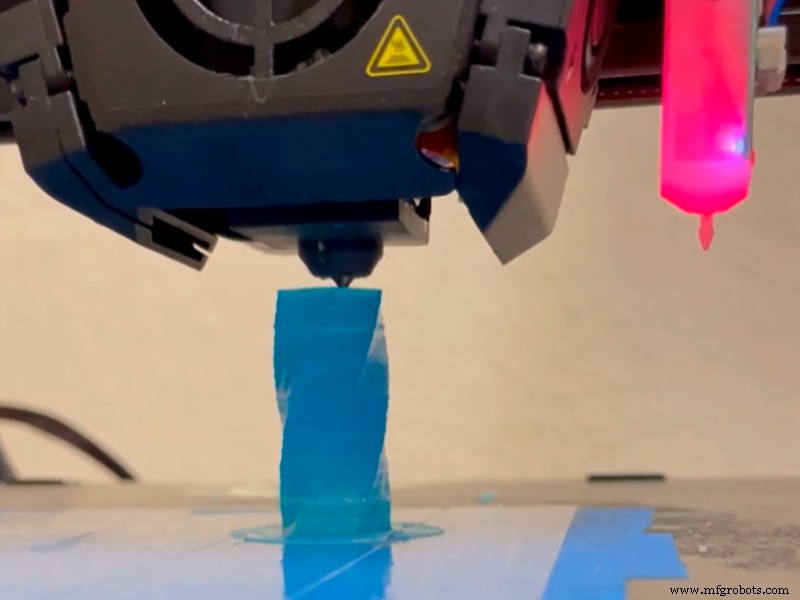
Image 7:Resulting piece. Source:University of Bristol.
The filament obtained , which is wound up, reached 7 metres in length . The piece of material that can be seen in the images provided by the University of Bristol is the result of transforming less than a third of an entire mask into filament.
Having achieved this result, the researchers are now looking at new challenges, such as the possibility of processing mixed materials by treating the mask with the handles in the same process. They also question whether the work can be automated on a large scale or whether universities would be able to create their own circular economy and oversee the distribution, collection and recycling of PPE.
Projects like the one at the University of Bristol can also be found in Spain.
For example, a group of scientists at the Universitat Politècnica de Catalunya (UPC) have devised a system for designing a mask created from used anti-covid masks . The mask has layers of recycled polypropylene fibre from discarded and properly sterilised surgical masks. A protective layer of silver oxide and cerium nanoparticles is also included, due to their antiviral and antibacterial function. The aim is to obtain a product that is protective, functional, innovative and sustainable. The recycling of used and discarded face masks begins with their autoclave sterilisation. The material is then granulated in such a way that polypropylene pellets are obtained for further processing and use to create a plastic filament which, using a 3D printer, results in a new mask. A protective coating with cerium oxide ions and silver can be applied to the printed mask, which increases its antibacterial protection. In addition to being reusable, the masks produced in this way can also be recycled into new masks, thus minimising waste generation to a minimum.
In the case of FILMA , a team made up of 4 young people, they came up with a project to recycle surgical masks that aims to give them a second life by transforming them into filament for 3D printers that can be used to create new products. Before being transformed into filament, the masks undergo a disinfection treatment. The materials are then separated and sent to a shredder that cuts them into small pieces. These pieces of plastic are mixed with some plastic pellets and finally fed into an extruder which melts the plastic, thus forming the filament. In addition to their own production of items from the filament, together with other brands, they design processes, campaigns and sustainable products to introduce the circular economy in companies and demonstrate to the new generations their commitment to the changes that are necessary for a better future.










